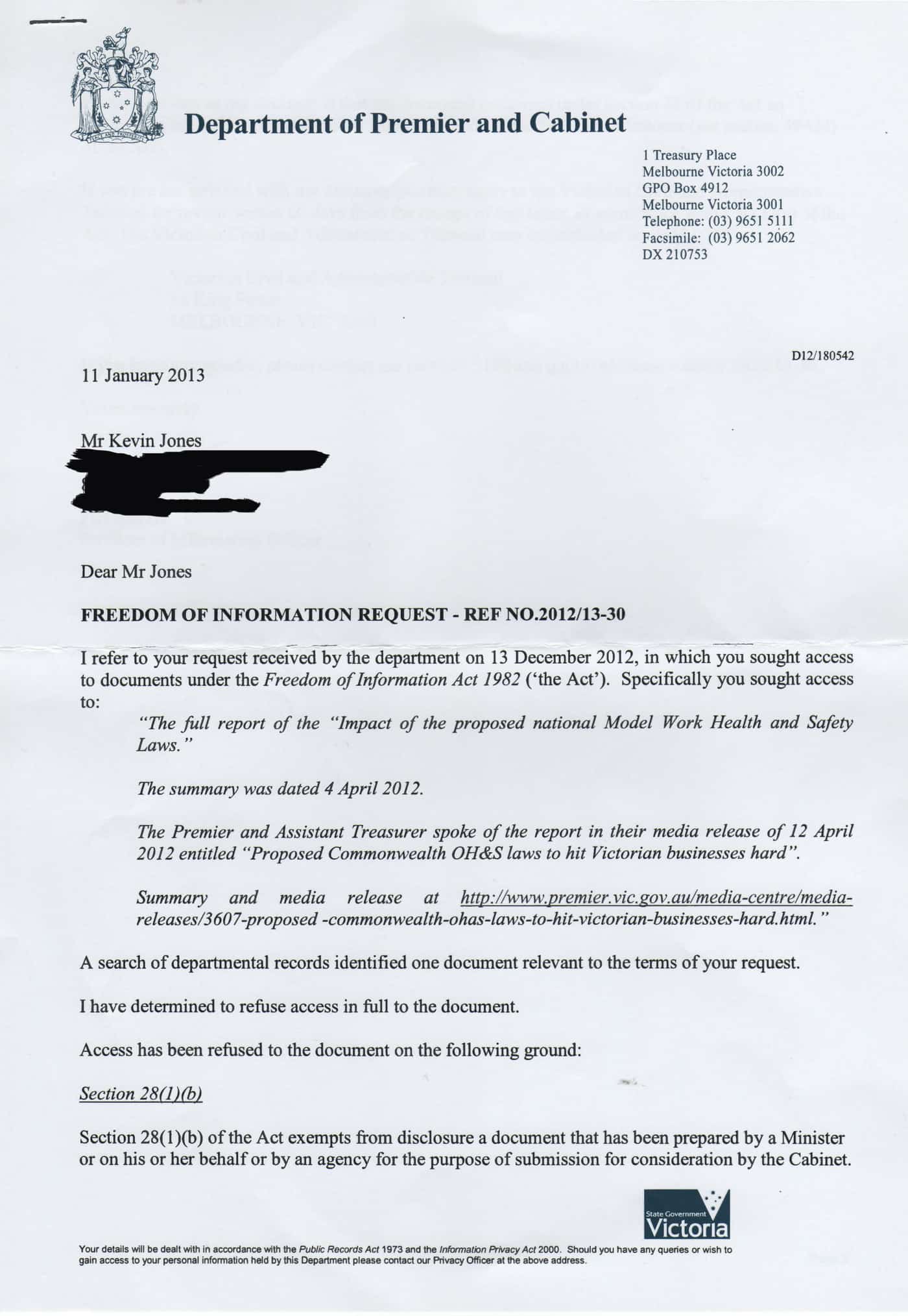Several years ago, a WorkSafe Victorian executive saw “reasonably practicable” as a major legal advantage in safety regulation. It is of legal benefit, but does it make workplaces safer? Does it make it easier to manage workplace safety? In this time of economic austerity and the pursuit of red tape reductions, can the “reasonably practicable” elements of Australia safety law be an impediment to safety management?
 Employers have always seen legislative compliance as the equivalent of being safe. This position seems sensible because if the safety police of the OHS regulator leave you alone after a site visit and say you are compliant, your workplace must be safe. The safety experts have visited and found nothing wrong, it is logical to then assume safety.
Employers have always seen legislative compliance as the equivalent of being safe. This position seems sensible because if the safety police of the OHS regulator leave you alone after a site visit and say you are compliant, your workplace must be safe. The safety experts have visited and found nothing wrong, it is logical to then assume safety.
Here’s a radical thought – compliance ≠ safety. Never has and never will.
This will be a shock for many businesses, and even a shock for many OHS regulators, because so much workplace safety strategy is based a flawed logic that “if I comply with workplace safety laws, I am safe”. Regardless of OHS laws, there is a moral social duty to look after the safety and welfare of one’s workers and oneself. When values become codified in law, the law becomes the value, and the moral duty becomes historical.
Continue reading “Need to focus on safety first and compliance later”



